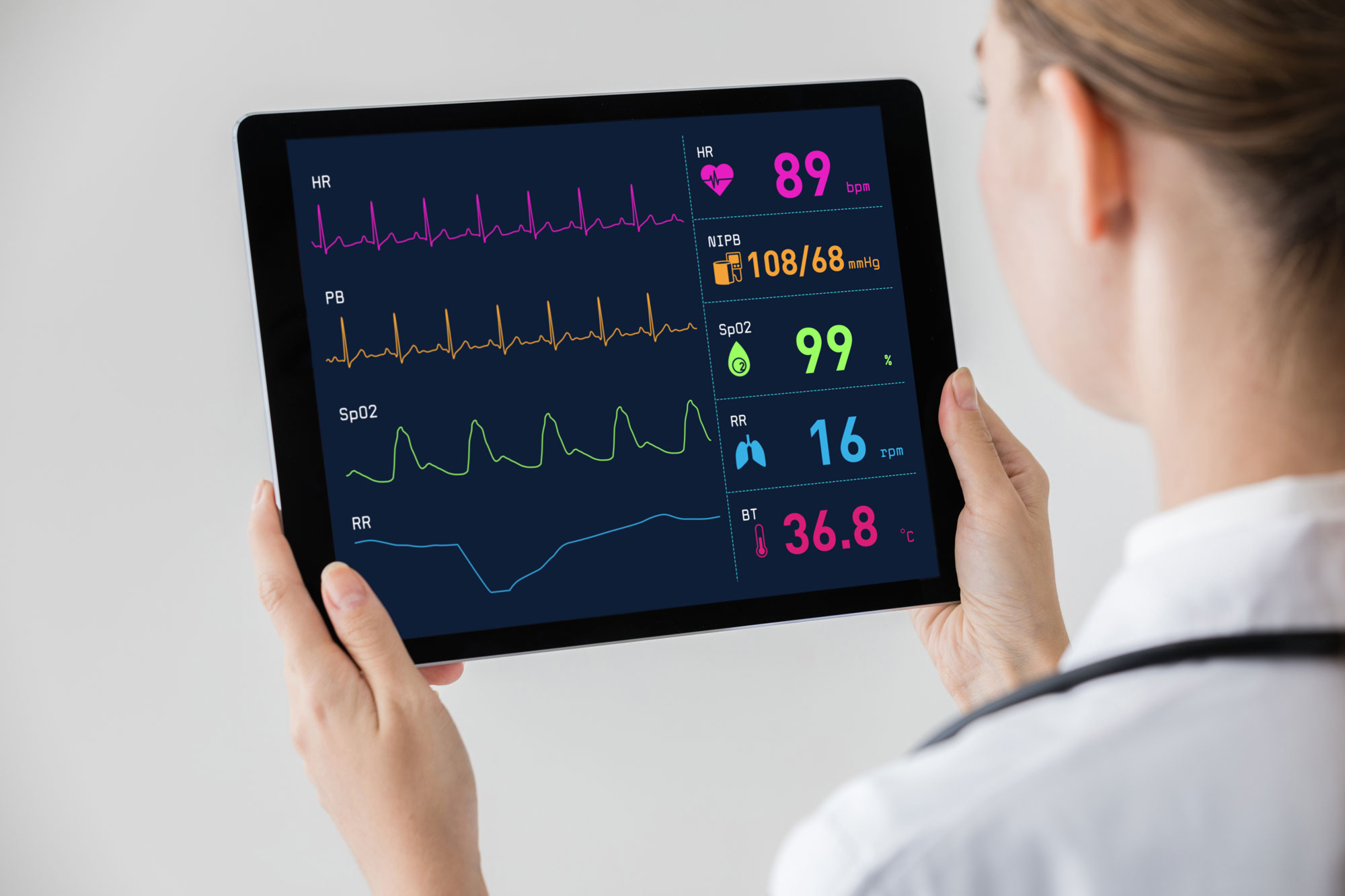[av_section min_height=’25’ min_height_pc=’25’ min_height_px=’500px’ padding=’default’ shadow=’no-border-styling’ bottom_border=’no-border-styling’ bottom_border_diagonal_color=’#333333′ bottom_border_diagonal_direction=” bottom_border_style=” custom_margin=’0px’ custom_margin_sync=’true’ custom_arrow_bg=” id=” color=’main_color’ background=’bg_color’ custom_bg=’#192857′ background_gradient_color1=” background_gradient_color2=” background_gradient_direction=’vertical’ src=” attachment=” attachment_size=” attach=’scroll’ position=’top left’ repeat=’no-repeat’ video=” video_ratio=’16:9′ overlay_opacity=’0.5′ overlay_color=” overlay_pattern=” overlay_custom_pattern=” av_element_hidden_in_editor=’0′ av_uid=’av-jvwutpxm’ custom_class=”]
[av_heading heading=’June 2019 Newsletter’ tag=’h1′ link_apply=” link=’manually,http://’ link_target=” style=’blockquote modern-quote’ size=” subheading_active=’subheading_above’ subheading_size=’15’ margin=” margin_sync=’true’ padding=’10’ color=’custom-color-heading’ custom_font=’#ffffff’ av-medium-font-size-title=” av-small-font-size-title=” av-mini-font-size-title=” av-medium-font-size=” av-small-font-size=” av-mini-font-size=” av_uid=’av-jy7qb43x’ custom_class=” admin_preview_bg=”]
NEWSLETTER
[/av_heading]
[av_hr class=’custom’ height=’50’ shadow=’no-shadow’ position=’left’ custom_border=’av-border-fat’ custom_width=’50px’ custom_border_color=’#0083bf’ custom_margin_top=’30px’ custom_margin_bottom=’30px’ icon_select=’no’ custom_icon_color=” icon=’ue808′ font=’entypo-fontello’ av_uid=’av-jvwup9pg’ custom_class=” admin_preview_bg=”]
[/av_section][av_button label=’DOWNLOAD PDF OF JUNE NEWSLETTER’ link=’manually,https://ddimagingusa.com/wp-content/uploads/2019/07/JUNE-NEWSLETTER.pdf’ link_target=’_blank’ size=’medium’ position=’left’ label_display=” icon_select=’no’ icon=’ue800′ font=’entypo-fontello’ color=’theme-color’ custom_bg=’#444444′ custom_font=’#ffffff’ av_uid=’av-jy7qk54o’ custom_class=” admin_preview_bg=”]
[av_textblock size=” font_color=” color=” av-medium-font-size=” av-small-font-size=” av-mini-font-size=” av_uid=’av-jvwxrked’ custom_class=” admin_preview_bg=”]
Remote Telemetry and The “Silver Tsunami”
The “Baby Boomer” generation has long been credited with shaping the nation as we know it today. It has lead to many of the social behaviors we have grown so accustomed to. They are responsible for some of the greatest scientific, technological, and medical breakthroughs the world has ever seen. Now, they are responsible for putting one of the largest strains on healthcare in American history.
The 75 million boomers represent close to 30% of the population in the United States, and the vast majority of them are at an age where they can begin reaping the benefits of Medicare. As a result, this so-called “Silver Tsunami” has had a taxing effect on infrastructure and staff of nursing and skilled care homes, and both acute care and rehabilitation hospitals. With aging, comes changes to the structural integrity and physiologic function of the cardiovascular system. According to the National Institutes of Health, individuals age 65 and older are at a significantly higher risk for heart attack, stroke heart disease, and heart failure. In addition to these morbidities, it has been established that age-related changes to the cardiac conduction system also occur, leading to various tachyarrhythmias and bradyarrhythmias, and conversion to atrial rhythms. In particular, atrial fibrillation is common in older adults. Interestingly, an article published by the New York Times brought to the public’s attention the link between atrial fibrillation and an increased risk for stroke. With atrial fibrillation, the incomplete contraction of the atria may lead to the formation of clots that can travel to and disrupt blood flow to the brain. As a result, patients with atrial fibrillation are commonly prescribed mild blood thinners to reduce risk for stroke. With remote telemetry, can be monitored from centralized locations for not only atrial arrhythmias, but all abnormalities associated with the heart. Remote telemetry can be used to monitor patients for longer periods of time, allowing physicians to catch life threatening arrhythmias that may otherwise be missed on a routine ECG or 24-hour monitor. Catching these arrhythmias allows for the patient to be treated sooner and potentially prevent more severe cardiovascular related incidents from ever occurring.
In fact, this very concept was proven in a recent internal review of our services performed by Encompass Health of Sunrise, Florida. According to Denise Barberra, CNO, the facility saw an 8% reduction in the number of overall patients sent to out to acute care hospitals for cardiac related reasons. Earlier detection of life-threatening arrhythmias and the ability to treat patients at their facility has resulted in better patient outcomes.
With the incredible surge in elderly individuals seeking medical care and living assistance, the need for healthcare facilities to adopt remote medicine has never been so apparent.
New Partnerships
Here at DDI, we are constantly striving to find ways to improve our product and enhance our customer service. We value the business of the various facilities and hospital networks that entrust their patients’ cardiac monitoring to us. We are a growing company, adding new partnerships weekly. We would like to take the time to welcome some of our newest facilities who have begun using our telemetry monitoring services: Encompass Health of Shelby County, Alabama, Encompass Health of Pearland, Texas, Encompass Health of Abilene, Texas, and Encompass Health of Sugar Land, Texas. With each new site added, we continue to value the support and patronage of all facilities who entrust us with the well-being of their patients.
Meet Our Staff
 As a growing company, we are constantly adding the best and brightest cardiac telemetry technicians to our team to keep with our rapid ascent to the forefront of remote cardiac monitoring. Your employees may only speak with us a few times a day, so we feel it is important to introduce ourselves as we continue to work together. This month, we will highlight our employee Matthew York.
As a growing company, we are constantly adding the best and brightest cardiac telemetry technicians to our team to keep with our rapid ascent to the forefront of remote cardiac monitoring. Your employees may only speak with us a few times a day, so we feel it is important to introduce ourselves as we continue to work together. This month, we will highlight our employee Matthew York.
Matt is one of our newest team leaders and has a quite impressive history with cardiac telemetry. He has worked as a telemetry technician for nearly 8 years, most recently for Sentara Virginia Beach General Hospital. He has been a Certified Rhythm Analysis Technician (CRAT) since 2011 and has also spent 3 years as an adjunct professor for the monitor surveillance program at the Sentara College of Health Sciences. During his free time, he enjoys watching movies, playing video games, camping, hiking, and fishing.
[/av_textblock]
